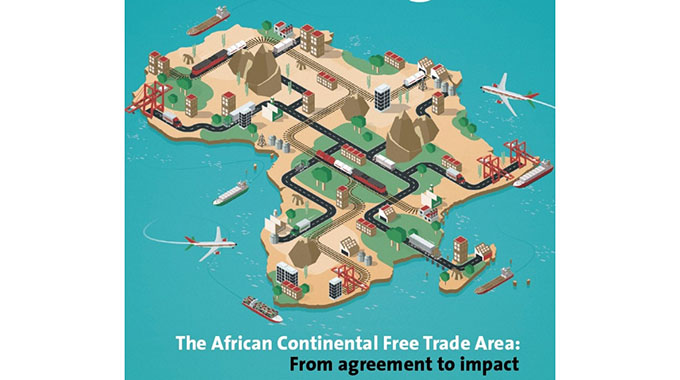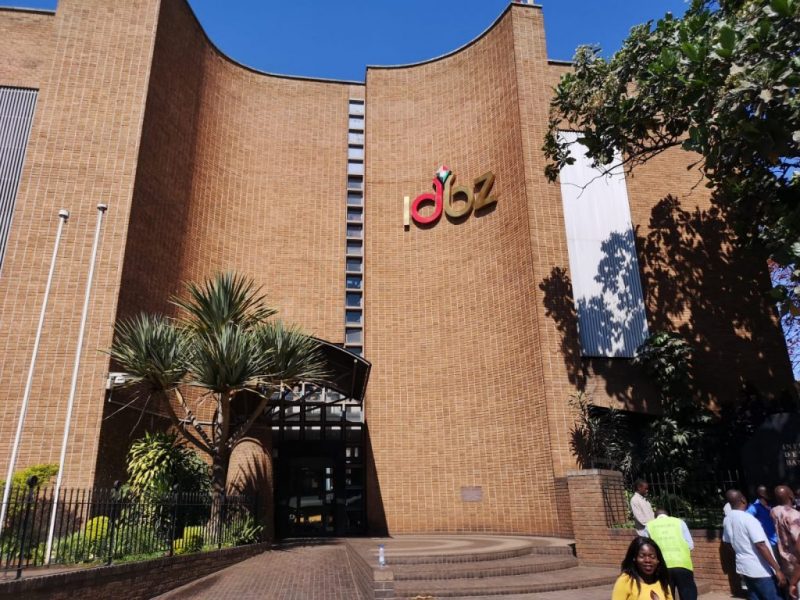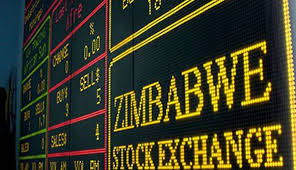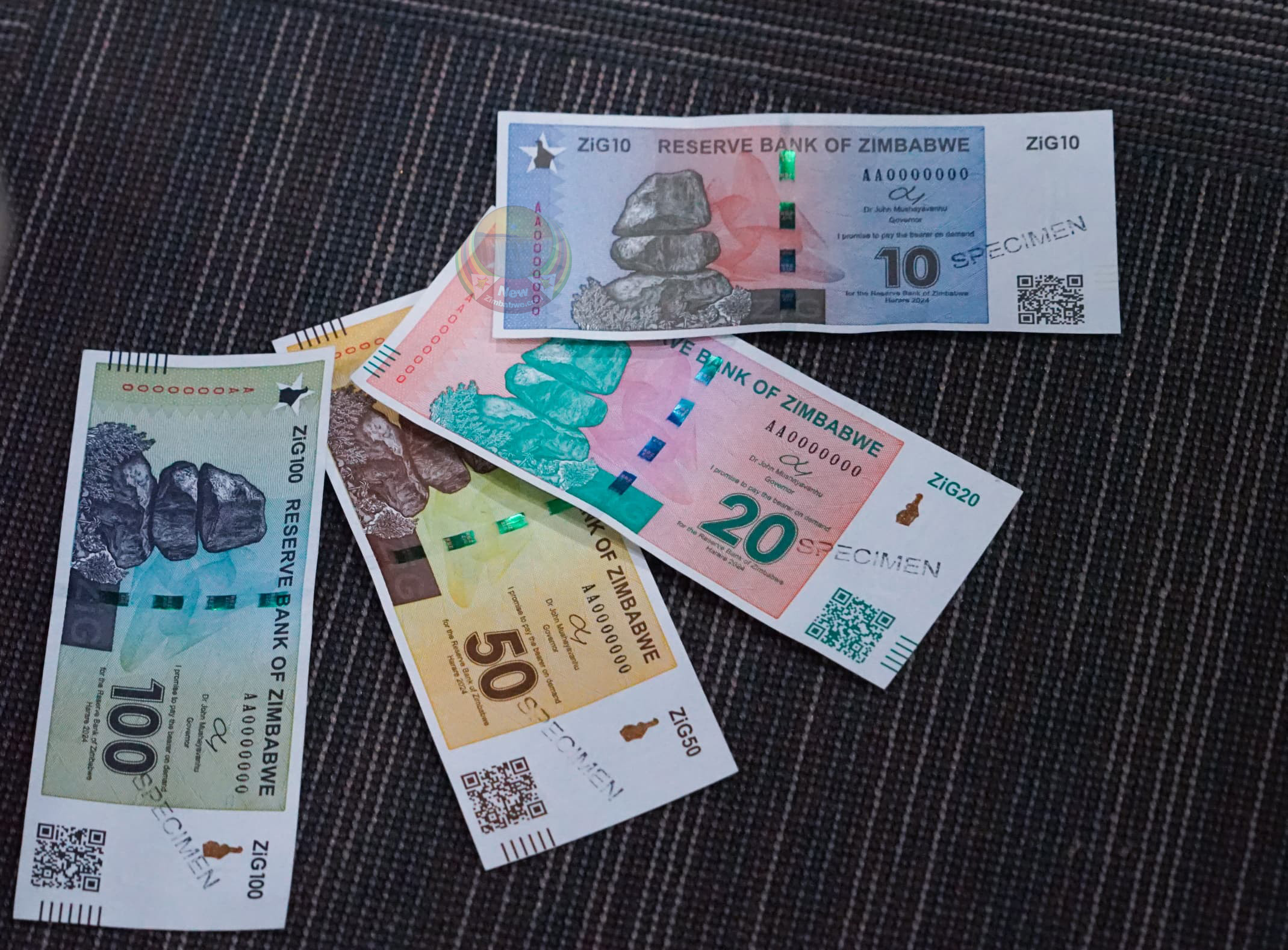‘Gold-backed currency fails to stem Zim’s economic challenges’
Zimbabwe’s recent adoption of a local currency, which is largely backed by gold, coupled with low foreign currency reserves, has pushed the country to the brink of an economic precipice, Business Weekly can report.
Some economic analysts warn that the Reserve Bank of Zimbabwe’s dilemma—whether to liberalise the foreign exchange market or maintain “strict controls”—is akin to choosing between a rock and a hard place. Both liberalisation and maintaining controls of the foreign exchange market carry significant risks.
Liberalisation could trigger a significant currency devaluation and lead to runaway inflation, while maintaining controls could result in exchange rate losses, especially for formal businesses that are compelled to use the official rate.
Zimbabwe’s foreign exchange market is based on the Willing Buyer Willing Seller (WBWS) system, which was introduced by the central bank in April 2024 as a replacement for the previous foreign currency auction system.
While the WBWS system aims to create a more market-driven exchange rate by enabling buyers and sellers to negotiate directly for foreign currency, analyst argue despite its purported market-based nature, is still a controlled system that is creating shortages and inefficiencies.
The WBWS system has been plagued by persistent shortages of foreign currency, with businesses complaining about their inability to access hard currency for the importation of critical raw materials.
The market’s liquidity has been further exacerbated by businesses’ reluctance to dispose of their foreign currency holdings, driven by concerns about a potential devaluation and an unrealistic exchange rate.
“No easy solution”
“In our instance, I think we are now at a deeper end,” economist, Professor Gift Mugano, told Business Weekly.
“We are in the middle of the storm, that we have adopted a local currency, we do not have enough reserves and we are supposed to liberalise. So, it’s like committing suicide and again if you don’t liberalise you are still committing suicide again. We need to go back to the drawing board and say how do we address this.”
A Harare-based economist, who declined to be named for professional reasons, said liberalisation and maintaining controls present significant risks, and “there is no easy solution.”
“The Reserve Bank of Zimbabwe is facing a daunting task.
“Liberalising the foreign exchange market could lead to hyperinflation, while maintaining controls could exacerbate shortages and inefficiencies.,” said the economist.
“The Government must carefully consider the potential consequences of both options. A poorly executed liberalisation could have disastrous consequences for the economy.
“The best solution for Zimbabwe may lie in a gradual and carefully managed approach to liberalisation, combined with targeted measures to address the underlying causes of economic instability.”
This week, the Retailers Association of Zimbabwe (RAZ) indicated that their suppliers of goods and services into the formal retail sector were now maintaining two tier price lists for local currency and another for foreign currency − whose implied rates are way higher than the obtaining official exchange rate based on the WBWS platform.
The black-market rate for the Zimbabwean dollar against the US dollar, has been rising since the beginning of August. As of Thursday, the black-market rate was around ZiG 33 per US dollar, more than double the official exchange rate of ZiG 13.99.
RAZ, an umbrella body that represents the interests of formal retailers such as Ok Zimbabwe, Pick n Pay and Truworth, indicated that its suppliers are faced with an acute foreign currency shortage and excessive volatility of ZiG exchange rates on the parallel or alternative market which has now become the basis of their pricing framework.
Manufacturers and distributorship suppliers were using variable exchange rates depending on their source of forex. `
While suppliers have the flexibility of adopting variable exchange rates, formal retailers are mandated to use the official exchange rate, thereby exposing retailers to massive losses
Retailers warned that the current situation was unsustainable and could lead to widespread business closures if authorities do not intervene with appropriate policy measures to protect the formal retail sector.
To mitigate significant financial losses, formal retailers have been forced to implement steep price increases in US dollars to generate revenues at the official exchange rate that align with suppliers’ unit selling prices.
This has inevitably led to real US dollar inflation, as well as other economic and social problems, as consumers increasingly turn to informal channels to avoid higher prices.
RAZ proposes a market-determined exchange rate–implemented through a pricing model that reflects real-time market exchange rate fluctuations. The approach could help businesses remain competitive while effectively managing costs.
Additionally, RAZ suggests a discounted pricing strategy that maintains a constant official exchange rate while formal retailers offer differentiated discounted pricing for specific products.
This can help reduce inflationary impacts in US dollar terms, incentivise purchases, and stimulate demand.
Prof Mugano, however, cautioned that liberalisation was only feasible with adequate reserves.
“We expected that ZiG was going to fail and the major issue being inadequate foreign reserves.
“So, you would still see that the recommendations of the retailers will not work if we don’t have sufficient reserves to support a floating exchange rate,” said Prof Mugano.
For instance, Prof Mugano pointed out that Ethiopia engaged in five-year negotiations with the World Bank and IMF to liberalise their exchange rate.
A key condition was securing support from these international financial institutions.
Ethiopia received close to US$10 billion to support this initiative, which was only agreed upon after they had sufficient reserves in place.
“But over and above, the best way to defend our currency is to defend the production, if we can’t work on production and make sure that we don’t have unnecessary imports, which are draining foreign currency, then we are failing.”
Despite the central bank’s efforts to inject 50 percent of export surrender proceeds into the foreign exchange market, businesses continue to struggle with accessing foreign currency.-ebsinessweekl










